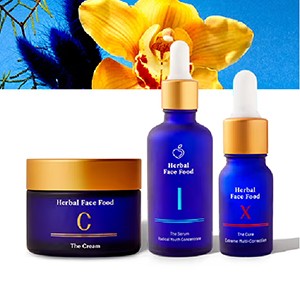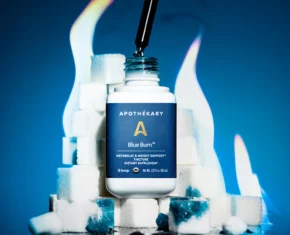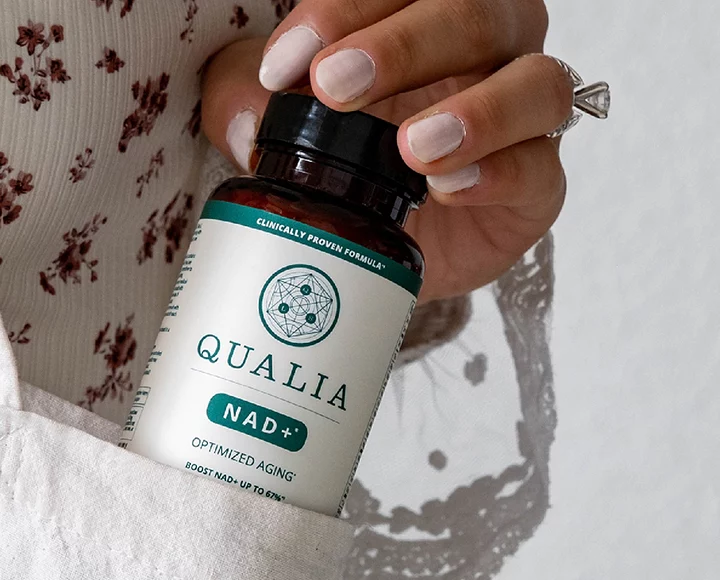We were so charmed and intrigued by the new book, Plant Magic: Herbalism In Real Life, that we’re sending it to a bunch of friends while we’re all at home. With most of us living at a slower pace lately, we’ve been craving more nature then ever before and this book has been teaching us to forage, make fresh tea, tinctures and generally look forward to being able to spend more time outdoors in the near future.
Author Christine Buckley explores the basics of herbalism in language we can not only understand, but actually enjoy. We can’t say the same of all books on herbs which are sometimes so dry they snuff out our enthusiasm after page one.
Plant Magic is broken down into 3 parts: ‘a crash course in herbalism’ with charts and quizzes that help you understand a high-level view of things, part two – ‘making friends with plants’ (because, yes), and, most importantly, part three – ‘your herbal arsenal’ the bulk of the book that dives deep into twenty-two individual herbs from thyme and chamomile to dandelion and elderberry. There are charts for each herb and a few pages each on sourcing, the herb’s helpful properties and a few ways to use each one (including recipes).
If you’ve ever dreamed of stepping up your herbal tea game or being able to forage or garden your own remedies and tinctures at home, this book is the perfect way to get started. Bonus points for all the stunning photography and a coffee table-worthy hard cover if you just want to seem like more of an ‘earth mother’ to your friends.
Here’s an excerpt from Plant Magic: Herbalism In Real Life to give you a feel. I picked the section all about red clover, since I loved it when I was a kid and always dreamed about being able to make something with them. Don’t miss the dreamy summer recipe for red clover iced tea…
Herb Spotlight: Red Clover
The Herb: Red Clover (Trifolium pretense)
Where it lives: Pastures, orchards, highway medians
Reach for this when: Your skin or eyes feel dry and irritated, you’ve undergone a course of antibiotics, you have dry, swollen glands
Sensation: Cool, moist | Flavors: Sweet
Super strengths: Alterative, antispasmodic, nutritive, tonic, expectorant, lymphagogue
Gather this: Flowers
Why I’m in love: Dense blankets of red clover’s bright pink flower heads dance over fields of green bordering two lane highways in the towns I frequent in upstate New York. Their fuzzy heads, which resemble fireworks, bob in the wind and stretch in the heat of the late summer sun. I also see them popping up in apple orchards or in sunny, forgotten patches of suburban or country yards. You don’t need more than a few flower heads to make a quick cooling drink to sip in the afternoon sun. It’s nutritive and soothing and it goes great with wandering around barefoot while you wait for the sun to set.
What it does best: If I’m looking to get a little bit more out of red clover, then I’ll let the flowers work their magic in water overnight. As I rest, water-soluble vitamins and minerals like vitamins A, C, E, and K, calcium, magnesium, and potassium, plus protein infuse the water and in the morning I have a super drink!
I like to drink red clover infused with other helpful plants at least once a week, or more if I’m experiencing dryness in or on my body. Red clover is also wonderfully moistening and is an excellent remedy for dry, unproductive coughs. Its antispasmodic action cools and relaxes airways and lungs, soothing irritation in your respiratory system. Another telltale sign that I need red clover is when dry patches develop on my face or the corners of my eyes feel parched. Anytime our skin suffers, something is most likely happening a bit below the surface.
Many skin conditions can be traced back to a sluggish lymphatic system. Red clover helps remove congestion in the lymphatic system after wastes accumulate in the wake of an illness, especially after a course of antibiotics or when we’ve been riding the sugar, alcohol, or caffeine train kind of hard. This, in turn, improves the quality of our blood, clearing away eczema and other skin irritations characterized bydryness or cracking. Taken internally as a nourishing infusion or applied externally as a poultice, red clover is soothing to dry, irritated skin.
How it grows: Red clover is a perennial that prefers fields and meadows. The characteristic purple- pink flower blooms on a separate stalk from the root. The stalks are hairy and bear slightly obovate, trifoliate leaves, most of which are marked with a white or light green chevron in the upper middle third of the leaf.
To recap: Red clover is both soothing and mildly activating to sluggishness in our bodies. It gently relaxes as it provides us with vitamins and minerals.
How to Make Red Clover Iced Tea
When my friend Cyd picks me up at the train station upstate she reports on the healthfulness of her red clover population. She has a beautifully kept garden and an equally pleasing wildness to her yard. I like to wander around her property barefoot and pop the blossoms off red clover plants to make us a simple infusion to enjoy with a sprig of peppermint and a squeeze of lemon over ice.
Makes 3ó cups.
2 dozen fresh red clover blossoms
4 cups hot water
Boil the water, turn off the heat, and let it cool for a few minutes. Put the blossoms in a glass quart jar or teapot and pour over the water. Let it infuse for at least 20 minutes and up to 12 hours before straining. I like to do this either early in the morning or in the evening while the sun sets. This way I am guaranteed tea in time for a post-lunch lounge on Cyd’s dock.
From Plant Magic by Christine Buckley © 2020 Christine Buckley. Photographs © 2020 Lawrence Braun.
Reprinted in arrangement with Roost Books, an imprint of Shambhala Publications, Inc. Boulder, CO.












